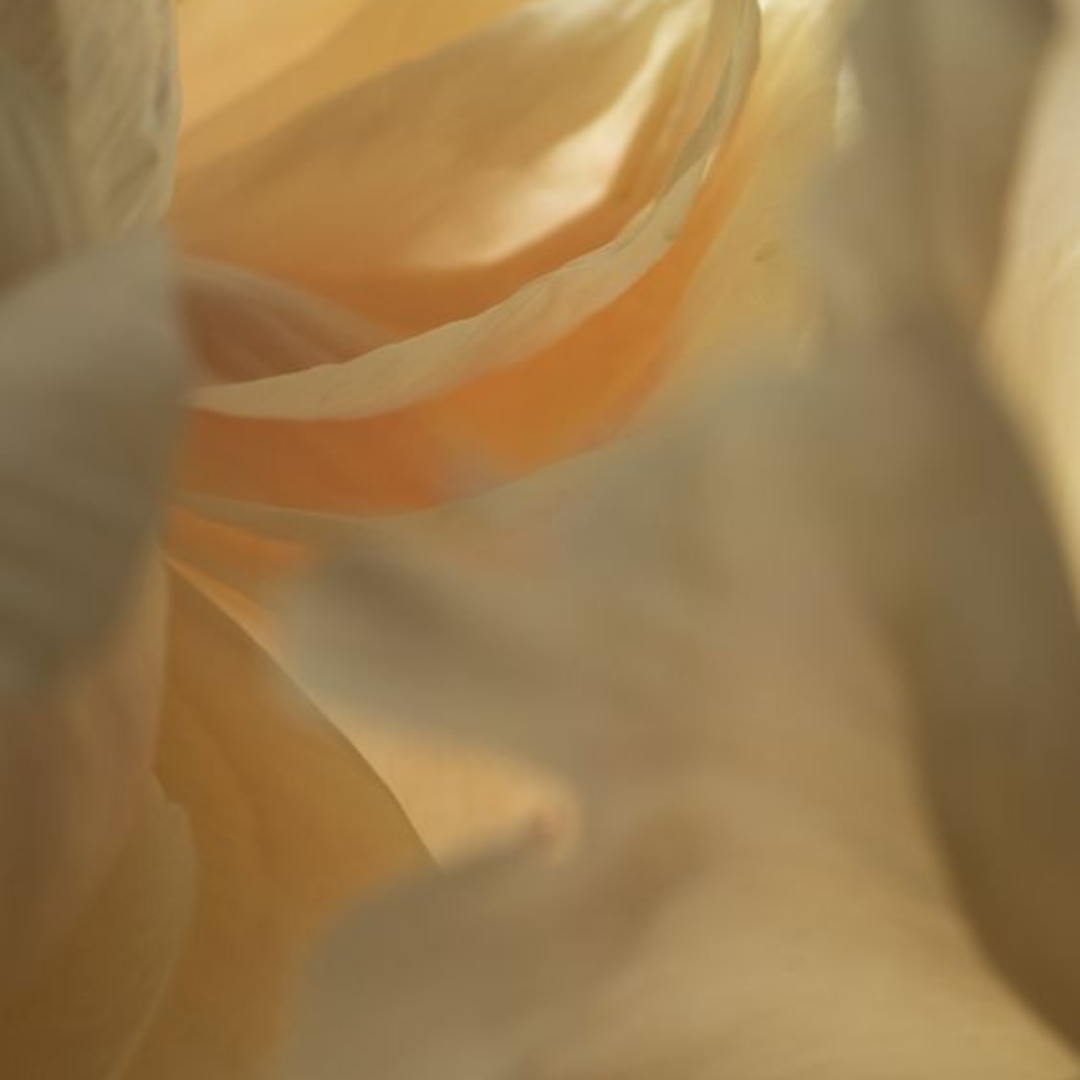
Luteal Phase
We've reached the final part of our Cycle School series—the luteal phase, also known as your inner Autumn or pre-menstrual time. This phase occurs between ovulation and your next period. While it's often associated with PMS symptoms, supporting yourself hormonally and living cyclically can make the luteal phase a wonderful time to prioritize your needs.

Did you know
During the luteal phase, progesterone levels peak, preparing the uterus for pregnancy and causing a slight rise in body temperature. Your metabolism speeds up, which can increase appetite and lead to bloating and breast tenderness. Hormonal changes may cause mood swings and skin sensitivity, but understanding these shifts can help you manage them. This phase is a good time for rest and self-care, as the body also needs more nutrients like magnesium and vitamin B6 to stay balanced.
The Science of Your Luteal Phase
After ovulation, your body assumes a potential pregnancy. The corpus luteum, formed from the released egg, produces progesterone to support early pregnancy.
About a week later, if no pregnancy occurs, the corpus luteum breaks down, signaling that the womb lining is not needed, and menstruation begins. This breakdown leads to a drop in progesterone and estrogen levels, triggering your period and potentially causing PMS symptoms if the drop is too dramatic.
How You Might Feel During the Luteal Phase
In this phase, progesterone is dominant. If estrogen is the Beyoncé of hormones, progesterone is more of a Billie Eilish: introverted, straightforward, and lower energy. You may feel more insular, sensitive, and easily overwhelmed because your body is in a protective mode, thinking there might be a pregnancy.
Hormonal ups and downs during the luteal phase, including the drop in estrogen after ovulation and the drop in both progesterone and estrogen before menstruation, can cause mood swings and PMS symptoms like bloating or skin breakouts. Extreme mood drops or anxiety may indicate hormonal imbalances or PMDD (Premenstrual Dysphoric Disorder), which should be discussed with a doctor.
Self-Care in Your Luteal Phase
Self-care is crucial during this phase. The anxiety and stress associated with PMS often occur when we push ourselves too hard physically and mentally. Here’s how to nurture your well-being during this time.
Movement
Exercise can boost your mood, relieve bloating, and help with PMS cramping. However, listen to your body—if you’re not feeling energetic, don’t push yourself. Your body temperature naturally rises during this phase, making intense cardio more exhausting. Enjoy your favourite exercises but be mindful of your energy levels.
Nutrition
Hunger increases during the luteal phase because your body is busy. While you might crave sugary or fried foods, try to maintain a balanced diet to avoid inflammation that can worsen period pain. Focus on whole foods rich in vitamins B6, B12, D, and C, and magnesium to manage PMS symptoms. Dark leafy greens, complex carbohydrates, and oily fish like salmon are excellent choices. If you crave sweets, dark chocolate is a great option as it’s full of magnesium.
If alcohol affects your mood, consider swapping wine for kombucha, which can help maintain a balanced diet and support your overall well-being.
Rest
Support your mental well-being by taking it easy and making time for activities that make you feel good, whether it’s catching up with a friend, reading a book, or creating a calming environment at home. Slow down, say no to unnecessary tasks, and ask for help when needed.
How Oemph Can Help During Your Luteal Phase
Our Oemph products, such as Calm Your Farm and Go With The Flow, are designed to alleviate pre-menstrual cramping and anxiety. These supplements can be seamlessly incorporated into your daily routine, whether you are organizing at home or attending a yoga class.
If you experience additional symptoms like bloating, low mood, and fatigue, our comprehensive range of supplements can help manage these issues and support a smoother cycle. Stay tuned for our upcoming product launch, aimed at further enhancing your menstrual health.
Fast Facts
Progesterone Peak
During the luteal phase, progesterone levels peak, which helps prepare the uterine lining for a potential pregnancy.
Temperature Rise
Progesterone causes a slight rise in body temperature, which can be tracked for fertility awareness.
Increased Metabolism
Your metabolism speeds up during the luteal phase, leading to increased calorie burning and often a greater appetite.
Mood Changes
Hormonal fluctuations can lead to mood swings, irritability, and even anxiety, commonly known as PMS. However, understanding and supporting your hormones can help manage these symptoms.
Fluid Retention
Progesterone can cause the body to retain more fluid, leading to bloating and breast tenderness.
Energy Shift
Many women feel a natural shift towards introspection and lower energy levels, making it an ideal time for rest and self-care.
Skin Sensitivity
Changes in hormone levels can make your skin more sensitive and prone to breakouts during the luteal phase.
Nutrient Needs
The body requires more nutrients like magnesium and vitamin B6 to help combat PMS symptoms and support overall well-being during this phase.
